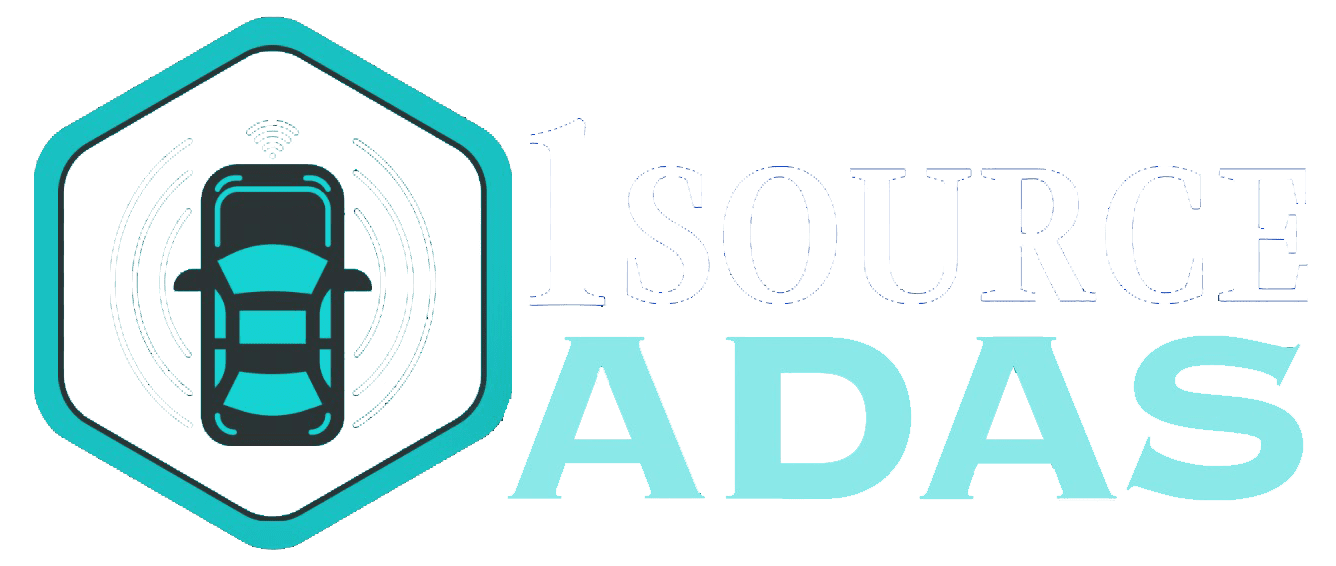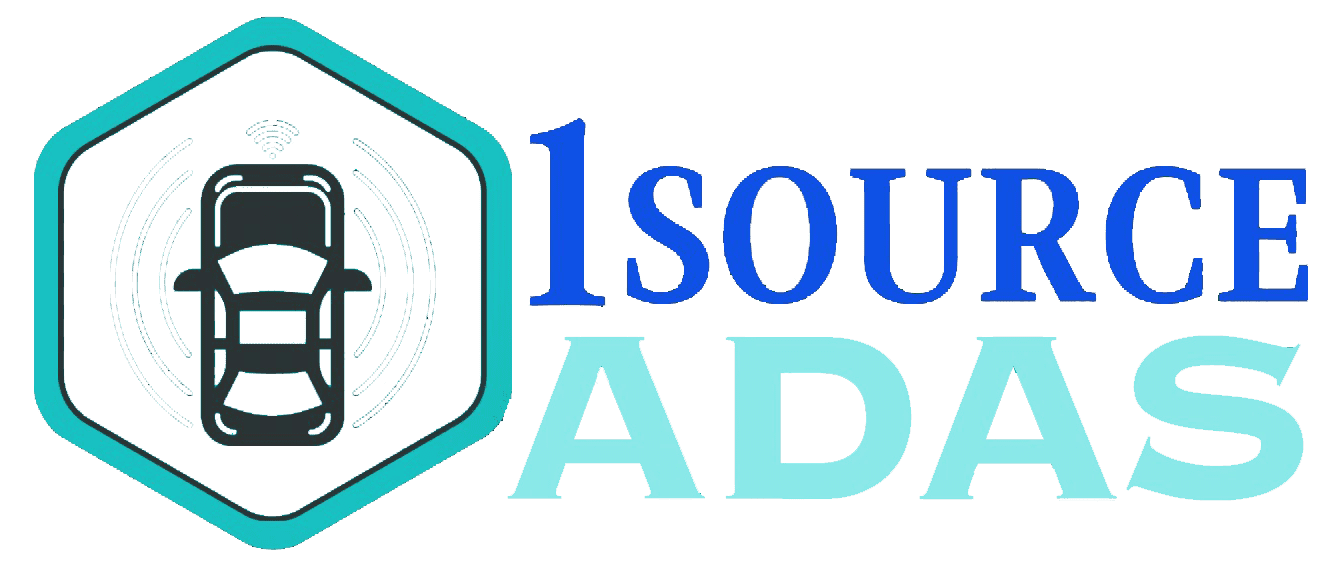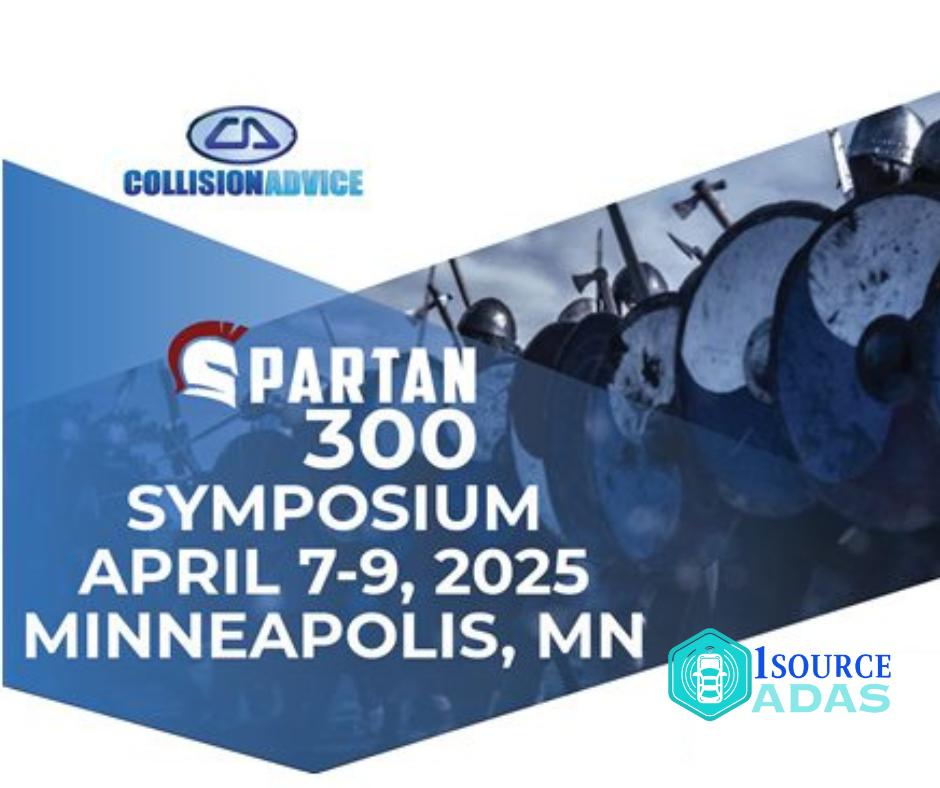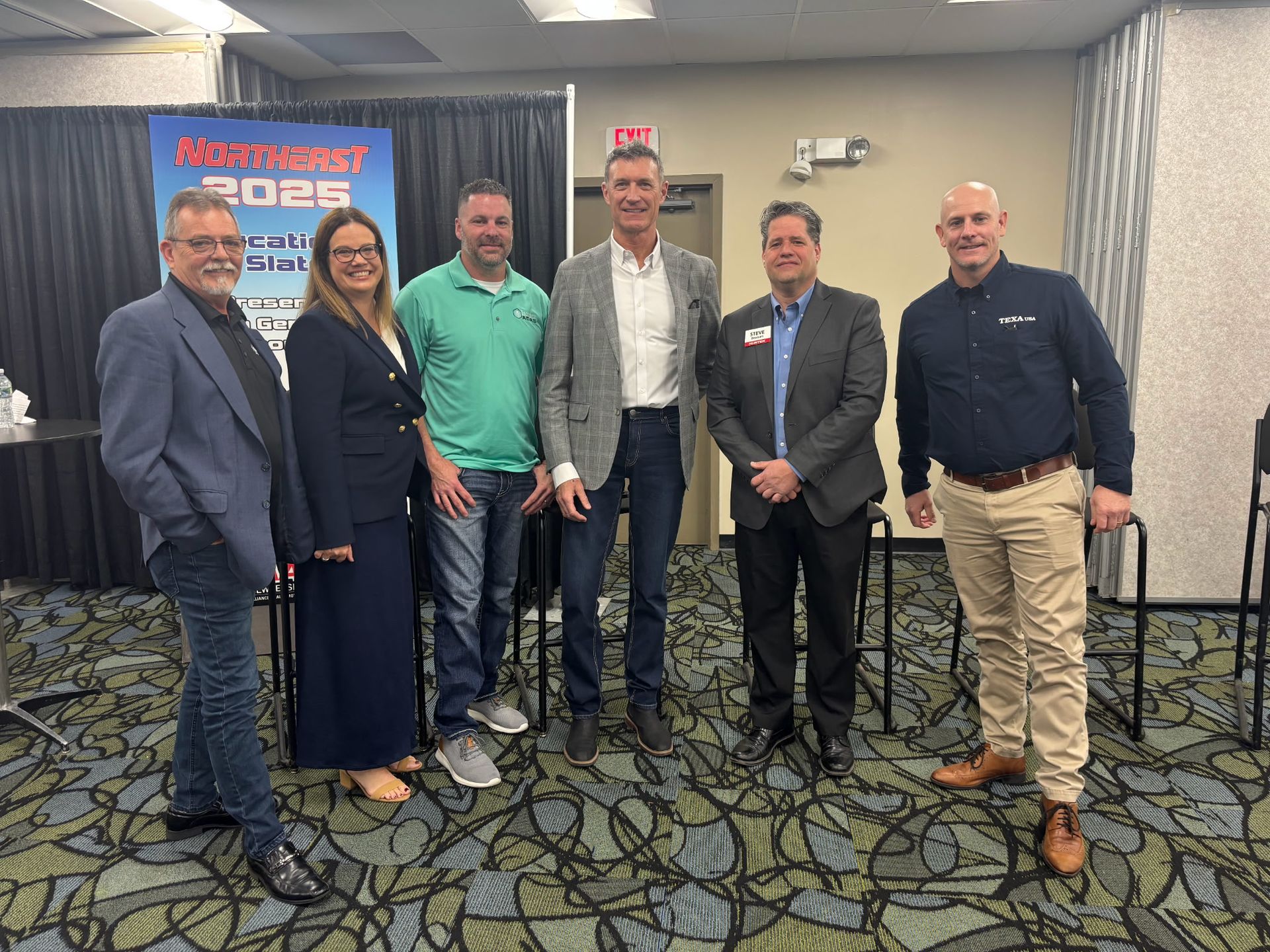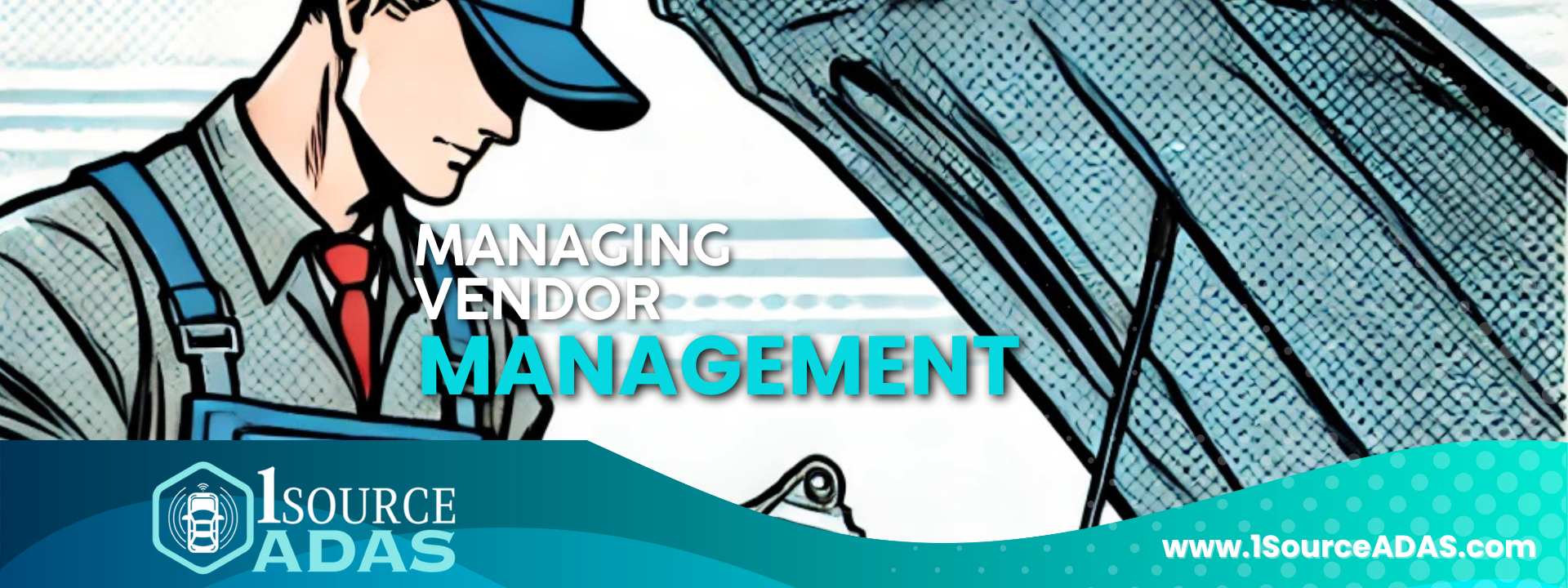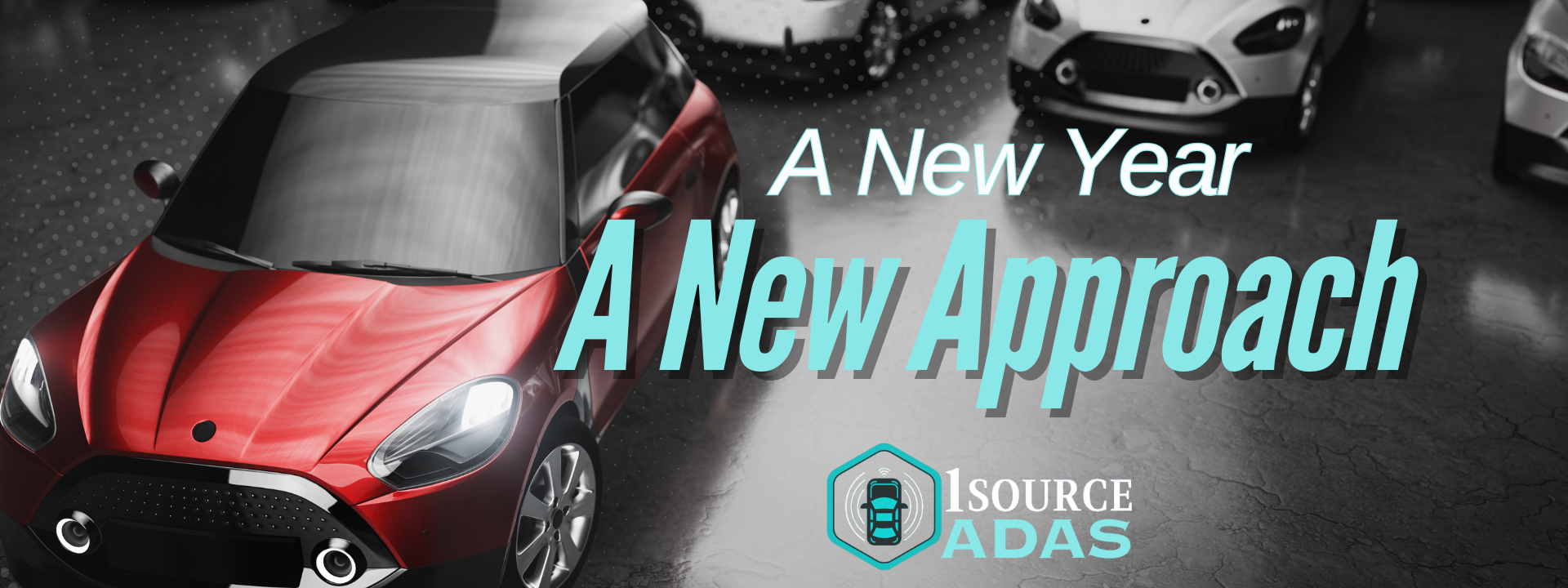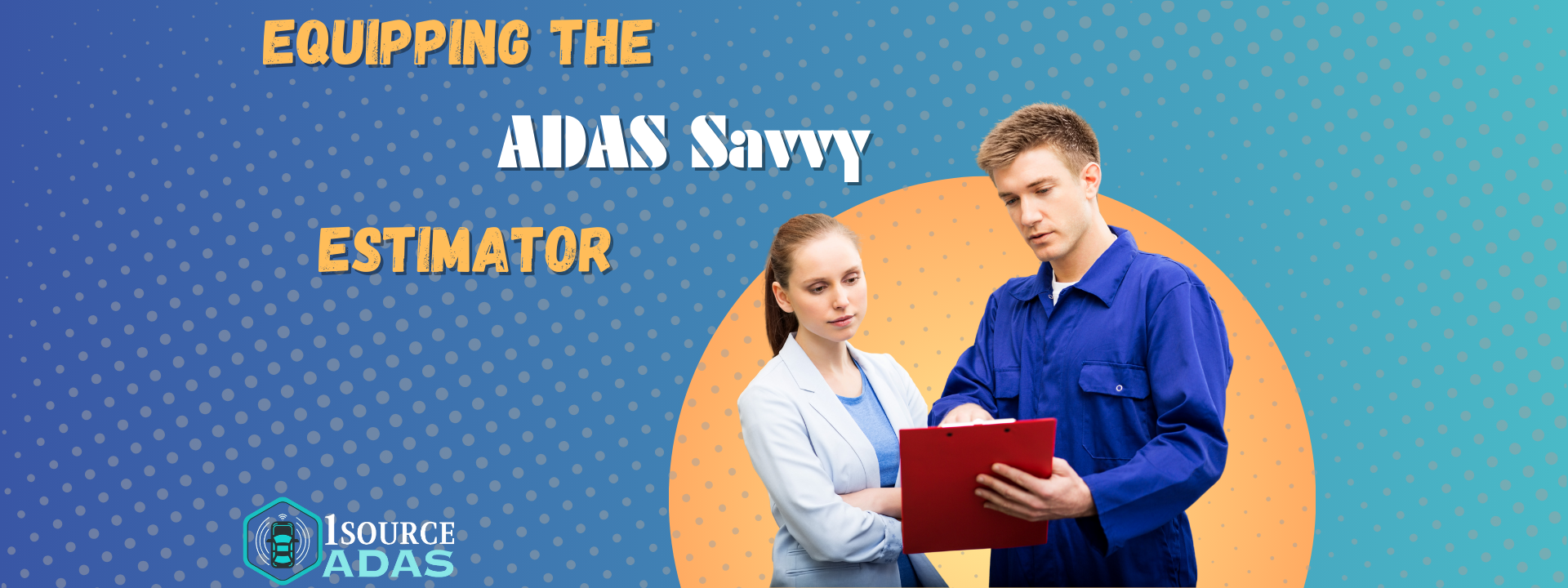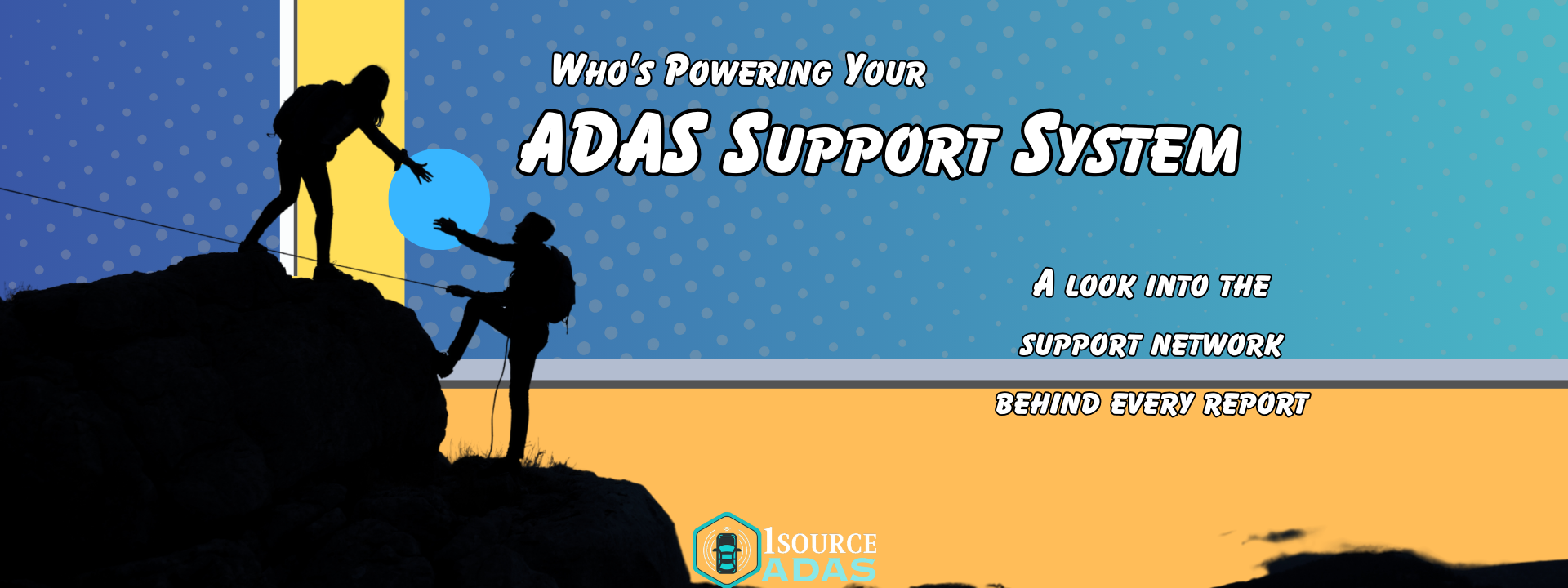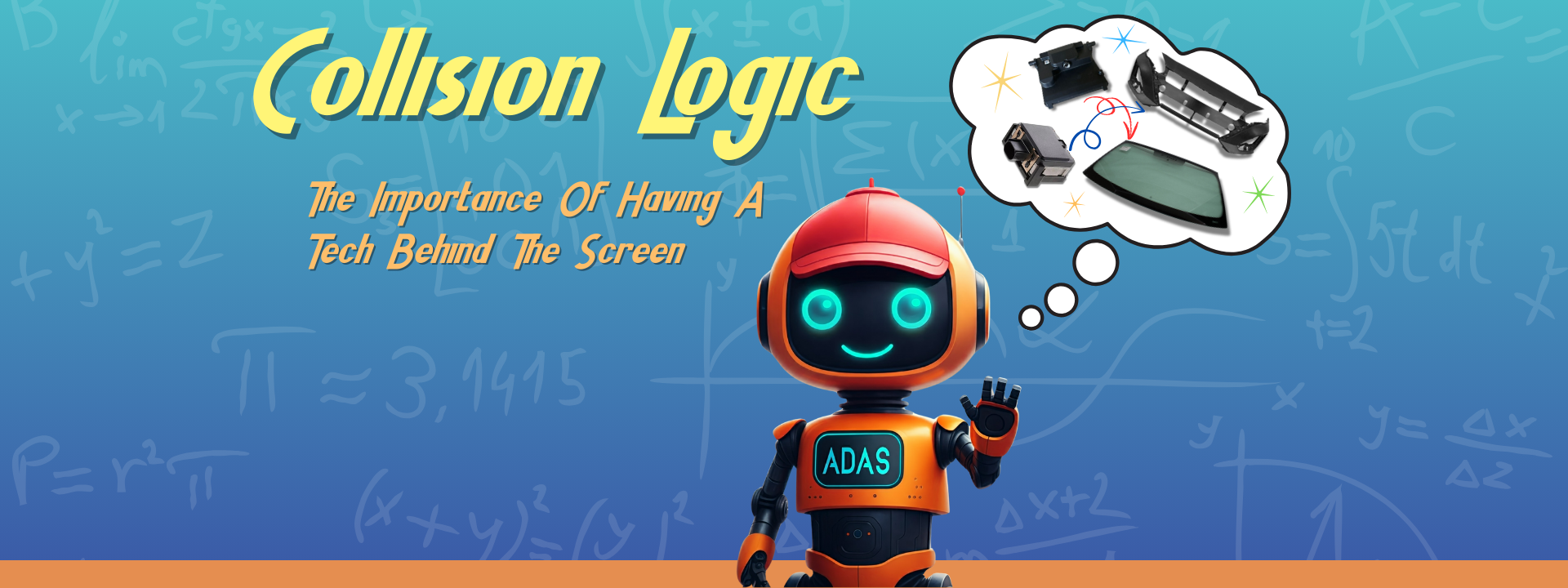Contact@1sourceADAS.com
It's your customer's car, bring them into the loop.
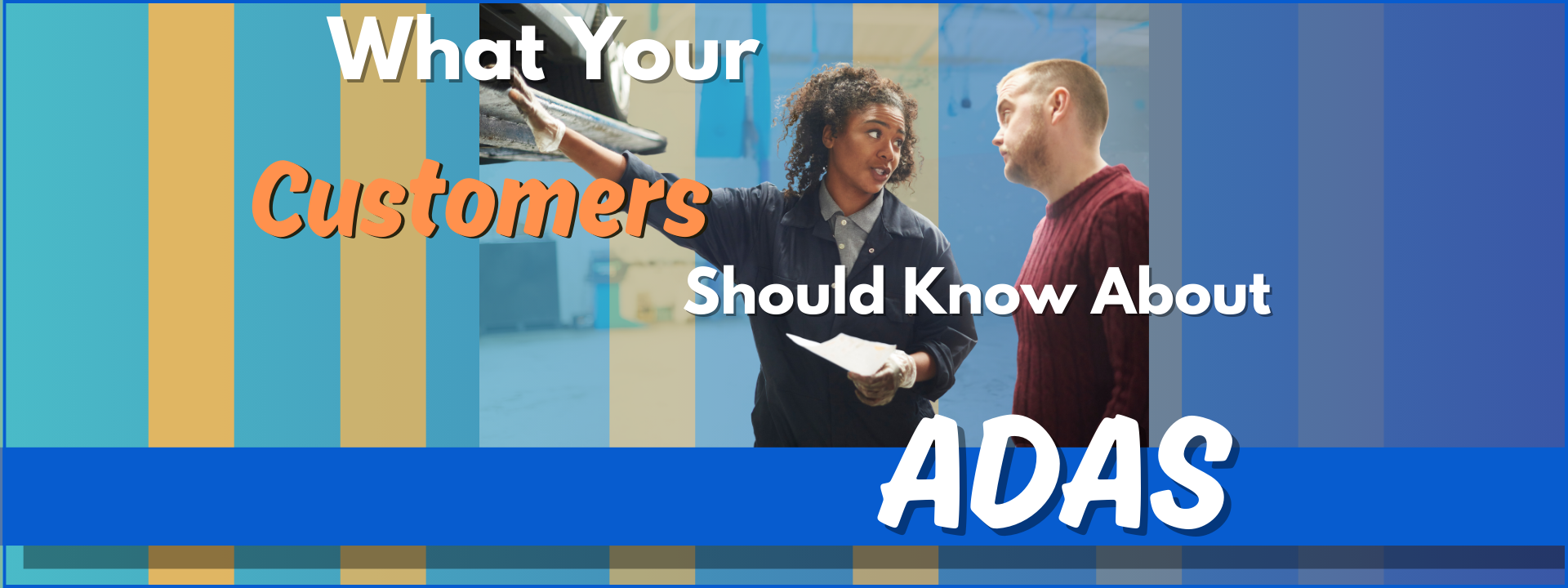
It’s The Camera Thing That Blinks, Right?
Have you ever seen an episode of the show “How It’s Made”? Each episode examines the manufacturing process for a few different everyday products. The show hits the high points of the process, and at the end of the show, you have a general idea of how kayaks, safety boots, and electronic signs are made. Now, you can’t go into your garage and build a kayak after watching the show, but you have better knowledge of the product.
Providing our customers with a working knowledge of their equipped ADAS systems is a worthy goal. Customers often must spend considerable money on repair services, so understanding the basics builds trust. With a collision repair, it is easier to explain. There was a dent, but now the dent is gone. Understanding the importance of an adequately calibrated adaptive cruise control system isn’t always as simple. However, ensuring the customer understands is essential to good customer service. They don’t need to leave the shop an expert, but being provided a “How It’s Made” level of knowledge goes a long way in building a good relationship.
So, this week, let’s examine the importance of educating our customers and how that benefits them and us regarding repair outcomes.
What To Explain
Have you ever had someone go way over your head explaining an unfamiliar topic? You can no longer relate to the information at a certain point, so nothing sticks. To meaningfully explain what we are doing to their vehicle, we must keep our information relatable to the customer.
So, how deep do we need to go to provide a customer with the “How It’s Made” experience?
- Calibration 101: Explain what calibration is and why it's necessary after repairs. Stick to the affected systems and avoid using acronyms. ‘LKA’ doesn’t mean anything to the average customer, but explaining the functions of the Lane Keeping Assist is pretty easy to grasp. Want some tips on making an explanation customer-friendly? Check out our blog, “Demystifying ADAS,” for great examples.
- Highlight the Benefits: Emphasize how ADAS enhances safety, convenience, and the driving experience. If the customer doesn’t understand the system's value, they won’t understand or appreciate that it is on the estimate.
- Address Misconceptions: Ensure you explain some common misconceptions about ADAS, such as the belief that it makes cars fully autonomous or that it's only for luxury vehicles. If a customer starts a sentence with the phrase “My car didn’t…”, they likely believe it should have. Clearing up the misconceptions empowers the customer.
A basic foundation of what their vehicle has that could be impacted in the accident, the basic required process, and the benefits of these systems operating correctly are primary. These make up a great foundation for the customer to build an understanding of the process.
Why It’s Important
If you, the repairer, are not explaining things, someone else will. Customers have numerous resources to utilize to seek answers. These may not be the best sources for accurate repair information. Insurers, companies offering ADAS services as a side service, and painfully out-of-date articles all provide abundant opportunities for a customer to get incomplete and inaccurate information about the proper service of their vehicle. As the person completing the repair and accepting liability for your repair, it is ideal that the customer’s understanding of the job comes from you.
Here are some other reasons why explaining the services to be provided is essential.
- Implications of Improper Service: A RADAR calibration may be a several hundred dollar line on the estimate, which seems like a good place to save money. Understanding that the RADAR spends its time detecting the speed and distance of the objects around it to coordinate the performance of other safety systems increases its value dramatically.
- The Customer is Their Own Best Advocate: While involving a customer in a discussion with insurance is never pleasant, sometimes it is required. Your customer is also the insurance company's customer, so their voice has some power in the process. Often, the customer can be the determining factor when an insurer operating without the appropriate knowledge of the repair deems a required operation unnecessary.
- Good Customer Service: No one likes being kept in the dark, especially concerning one of their most valuable assets. A key to good service is involving the customer in the process and making sure their questions are answered.
How To Explain It
Explaining required ADAS services to a customer is the same as discussing the rest of the estimate. The ADAS explanation should dovetail with the related collision repairs. For example, if there is a camera in the mirror on the door being repaired, the door repair explanation should transition into any calibrations required as part of the door repair. Covering that and the function of the camera brings the customer fully into the circle for what is required for safe and complete repair.
- Communication is Key: Sometimes, we simply do not know what we do not know. It is safe to assume most customers' knowledge of ADAS components is minimal to non-existent. Covering all the information with each customer every time at the beginning of the repair is a best practice to implement.
- Building Trust: Showcasing your expertise and transparency builds customer trust and positions your shop as a reliable source for ADAS information and repairs. Honest, documentation-backed discussions at the beginning of the process will secure the customer's trust for the duration of the repair.
Keeping Everyone Current Is A Lot
Identifying ADAS systems, incorporating them into estimates, properly researching the required procedures, and educating the customer and insurer is a lot of work. Unfortunately, most service advisors do not have much free time, and incorporating these additional steps into an already busy job is difficult.
To be successful, adding a powerful tool like the 1Source ADAS platform is a fantastic solution. The 1Source ADAS platform can take a repair estimate, review it, and provide a report that details every additional required operation. Each operation is supported with links to the requirement documentation and the procedure itself. The 1Source ADAS platform also includes the necessary pre-calibration requirements and any OEM safety inspections needed for that specific repair.
With no minimums or contracts, the 1Source ADAS platform is the perfect partner for integrating accurate ADAS requirements into your estimating stream. Pay only for what you need while capturing all the appropriate operations for the repair. Start streamlining your estimating and capturing the required additional operations today. Try the 1Source ADAS platform free for seven days at
http://1SourceADAS.com.
1 Source ADAS, based in Longview, Texas, is a leading provider of ADAS calibration software and solutions, expertly designed to support automotive professionals. Our technology ensures the highest safety and performance standards by delivering precise calibration and detailed reporting for all ADAS-equipped vehicles.
OFFICE HOURS
- Monday
- -
- Tuesday
- -
- Wednesday
- -
- Thursday
- -
- Friday
- -
- Saturday
- Closed
- Sunday
- Closed
GET INDUSTRY UPDATES
Get updates on the software, industry news, and tips!
©2023 - 2025 1 Source ADAS. All rights reserved.
